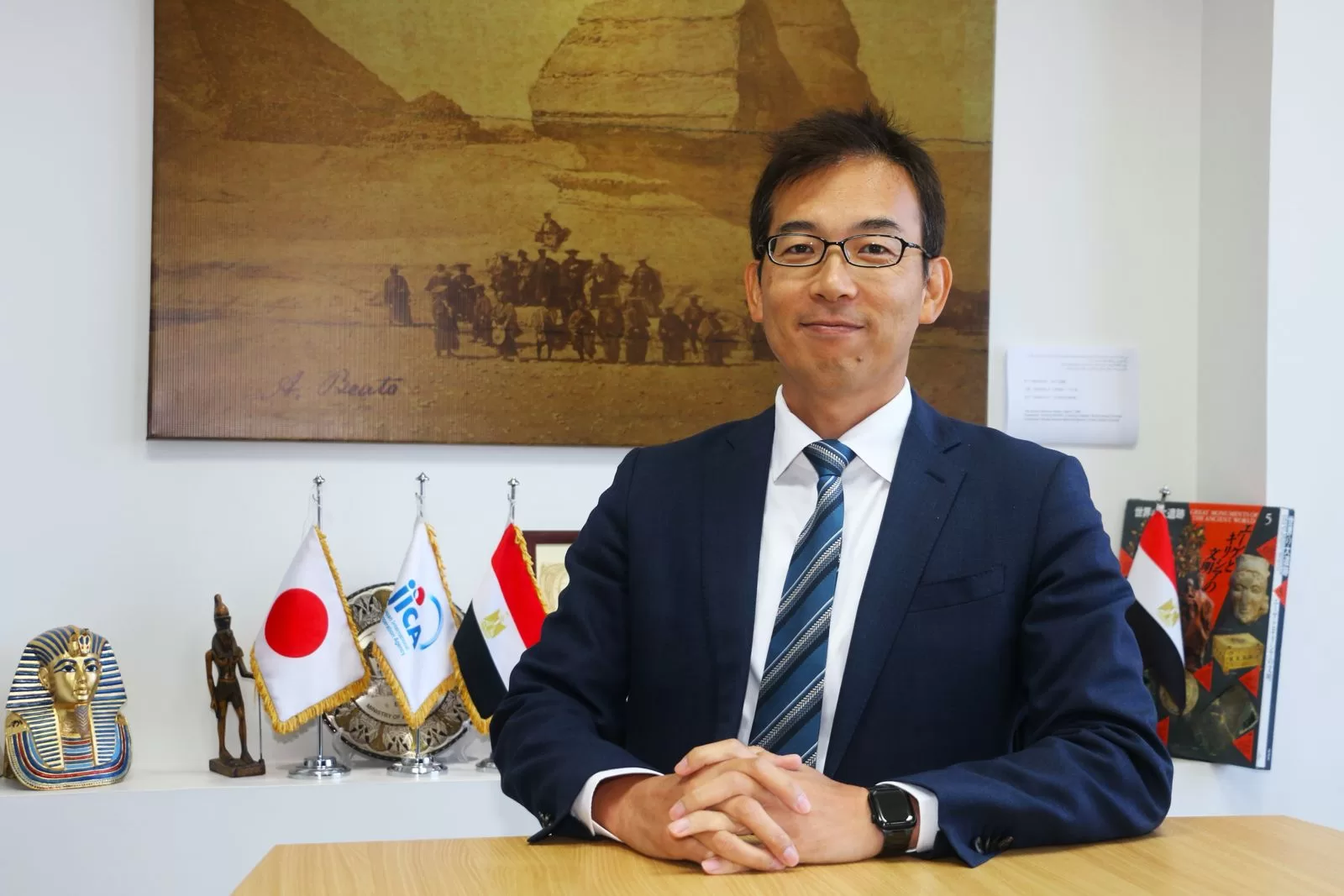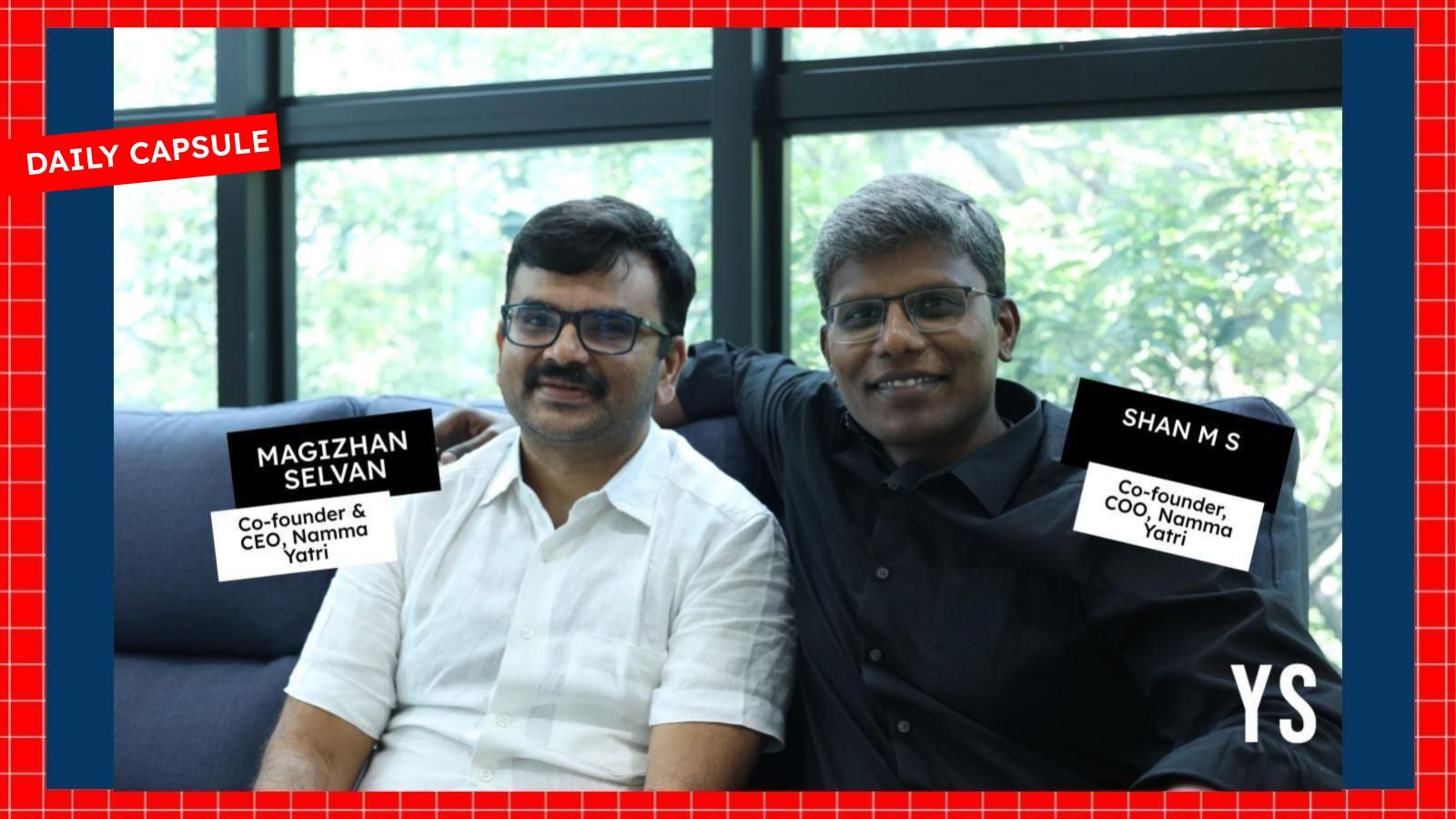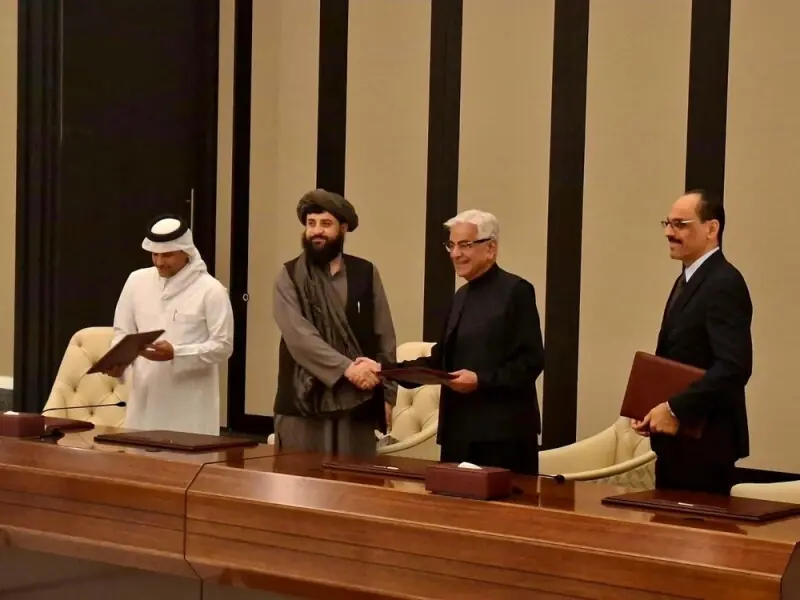Copyright egyptian-gazette

Chief Representative of the Japan International Cooperation Agency (JICA) Office in Egypt, Ebisawa Yo, has described the expected opening of the Grand Egyptian Museum (GEM) as more than just a celebration of Egypt’s rich heritage. “This opening will celebrate a lasting legacy that unites Egypt, Japan, and the world in appreciation of our shared history,” he told the Egyptian Mail in an interview. The GEM will officially open on November 1, after a series of delays, promising to captivate history-lovers around the world who will be able to watch the opening broadcast live. The museum weaves together the enduring legacy of the ancient Egyptians with the spirit of modern innovation, ensuring the treasures of Egyptian civilisation will be preserved for generations to come. Falling beside the Great pyramids of Giza, the GEM is much more than a museum. It is a tribute to human creativity, cultural respect, and the remarkable results of international collaboration. At the heart of this extraordinary endeavour is the partnership between Egypt and the JICA whose shared vision was instrumental in bringing this global cultural landmark to life. Forged in respect The JICA started collaborating with the GEM began in the early 2000s when Egypt envisioned a world-class museum to preserve its cultural heritage. Ebisawa said his country was inspired by its deep respect for Egypt’s unparalleled history. “The two countries have a shared commitment to safeguarding history for future generations,” he said. The JICA provided concessional financing in 2006 and 2016 to fund GEM’s construction, alongside technical cooperation since 2008 for artefact conservation, archiving, transportation, and capacity building in Egypt and Japan. A key achievement is the excavation and conservation of the second Khufu Boat, led by Professor Sakuji Yoshimura since 2013 with JICA’s support. “This iconic artefact symbolises the enduring bond between our nations,” Ebisawa said. Egyptology hub Ebisawa believes the GEM will be a global beacon of cultural preservation. To him, the museum represents a monumental step in showcasing one of the world’s richest archaeological legacies. His view aligns with Egypt’s view of the museum as a source of national pride, driving sustainable tourism and economic growth. As one of the largest museums dedicated to a single civilisation, the GEM sets a global standard for cultural collaboration. “We envision the GEM as a hub for Egyptology, conservation, and research, sharing expertise with the MENA region and beyond,” Ebisawa said. The museum also aligns with Japan’s values of intergenerational responsibility. JICA’s mission Ebisawa noted that as a project, the GEM reflects the JICA’s mission of promoting human security, quality growth, and socioeconomic development through international cooperation. “Cultural heritage fosters national identity and global dialogue,” he said. The JICA’s contributions include training for the GEM’s Conservation Centre staff, joint conservation of 72 key artefacts, such as Tutankhamun’s treasures, and capacity-building programmes in Japan. He said his agency’s work with the GEM embodies the Japanese institution’s commitment to sustainable development and cultural exchange. Japan-Egypt ties The GEM has fallen at the centre of collaboration between Egypt and Japan, deepening bilateral relations and fostering trust and mutual understanding. Ebisawa said having worked closely with the Egyptian government helped him build what he described as “lasting” professional and personal connections. He noted that the project complements other JICA initiatives, such as the Egypt-Japan University of Science and Technology (E-JUST), offering a heritage science diploma, and Cairo Metro Line 4, improving climate-friendly access to GEM. “These synergies reflect our shared vision for sustainable development,” Ebisawa noted. Conservation challenges Preserving GEM artefacts, including Tutankhamun’s treasures, posed significant challenges. Egypt’s archaeological expertise was enhanced by Japanese conservation techniques, the Japanese official said. “Differing conservation philosophies initially created challenges,” Ebisawa recalled. “The JICA addressed this through training programmes in Egypt and Japan, fostering a unified approach,” he added. He noted that advanced tools, digital microscopes, portable X-ray radiography, 3D scanners, electric forklifts, and spider cranes, ensured safe artefact handling. “Our experts shared preventive conservation techniques, upholding the highest standards for the GEM collection,” Ebisawa said. Innovative design The GEM’s innovative design, selected through a UNESCO-sponsored competition, integrates seamlessly with the Giza Pyramids’ landscape. Ebisawa said the design’s brilliance lies in its connection to this iconic location. In 2024, the GEM received the Highly Commended Award in the Project of the Year category at the FIDIC Contract Users’ Awards for its exemplary management and advanced ICT systems. These features, Ebisawa said, ensure artefact protection, enhance visitor experiences, and promote sustainability. Empowering Egypt’s future Ebisawa sees the GEM as a catalyst for opportunity, particularly for Egyptian youth. He said tourism is a powerful engine for employment. “This is particularly so with ripple effects on infrastructure and industry,” he said. He expected the GEM to expect jobs, support small businesses, and boost local services. Infrastructure upgrades in Giza, including roads and public transport, will benefit communities, while the GEM’s link to the Giza Plateau will form a holistic heritage and tourism zone, he said. “The GEM offers educational programmes and cultural spaces, connecting Egyptians to their heritage,” Ebisawa added. Global invitation Ebisawa hoped the GEM would foster appreciation for Egypt’s contributions to humanity and the power of global cooperation. “The museum showcases what nations can achieve through trust and shared goals,” he said. Ebisawa envisions the museum’s inauguration as highlighting Egypt’s greatness and the Japan-Egypt partnership. He also expressed pride that his country has contributed to this historic facility which aims to serve humanity as a whole. “I invite everybody to visit the GEM,” Ebisawa said, expecting the facility to offer visitors a journey through shared heritage, one tantamount to a celebration of friendship, cultural solidarity, and peace.



